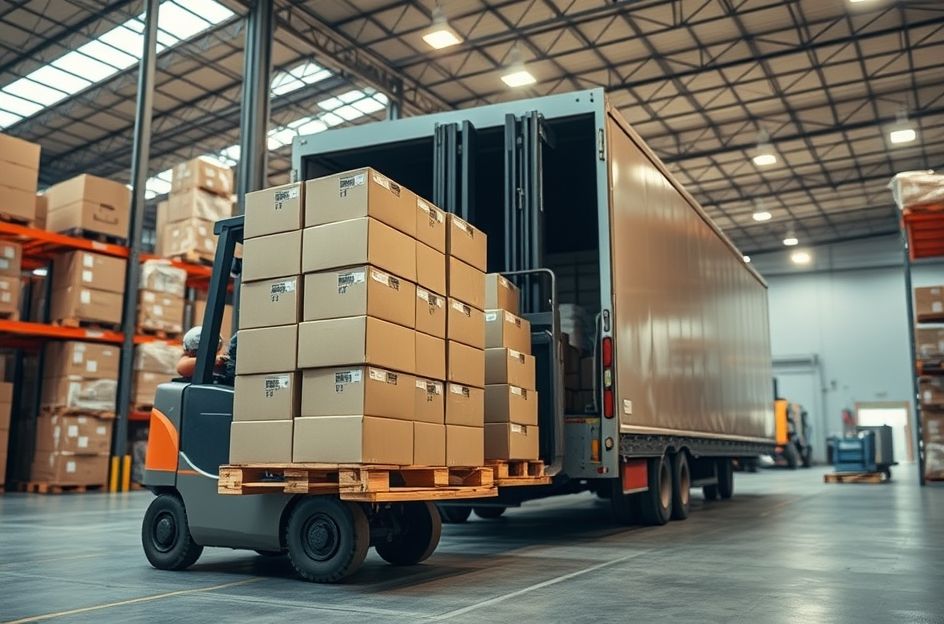Pallets are ubiquitous in modern logistics and warehousing. When a delivery truck is unloaded, pallets are almost always present. While most are made of wood, alternatives include plastic, paper, and metal. A pallet is a flat transport structure supporting goods for forklift lifting. Metal pallets, though less common, are also available.
The most economical pallets are softwood, often disposable after a single trip. Hardwood and plastic pallets are more durable and reusable, justifying their higher cost. Some companies donate used wooden pallets as firewood. Paper pallets suit lighter loads and are preferred where recycling and easy disposal are priorities.
Warehouses and factories are the most common sites for pallet use during loading and unloading. Pallets facilitate the movement of large quantities of merchandise, emphasizing the importance of durability. The higher the value and volume of goods, the more crucial a reliable transportation method becomes.
Beyond efficient shipping, pallets save considerable time. Imagine a retailer receiving 250 boxes of a single product. A forklift can unload the entire pallet at once, saving significant labor compared to manually transporting each box. Pallets enable quick and efficient handling of bulk deliveries for retailers and manufacturers.
Virtually all businesses, from major retailers to small shops, rely on pallets for internal logistics or warehouse operations. Even automobile manufacturers use pallets to transport spare parts and supplier deliveries.
Pallets offer versatile relocation options. While forklifts are ideal, jacks and manual labor can also move pallets. Jacks are a cost-effective alternative to forklifts, making pallet use accessible to businesses of all sizes, from large corporations to startups.
